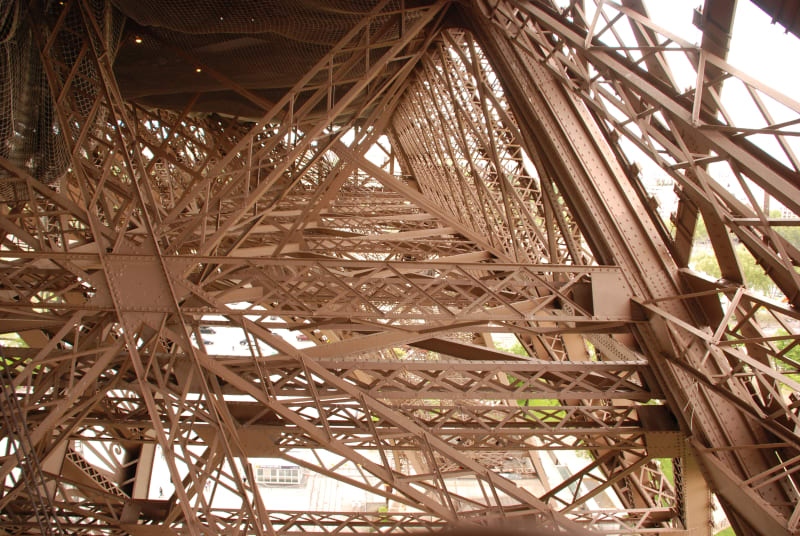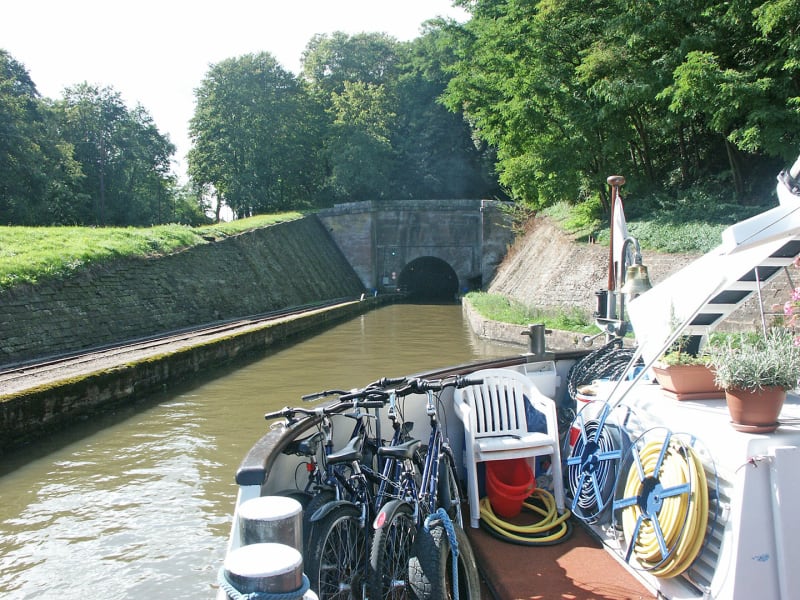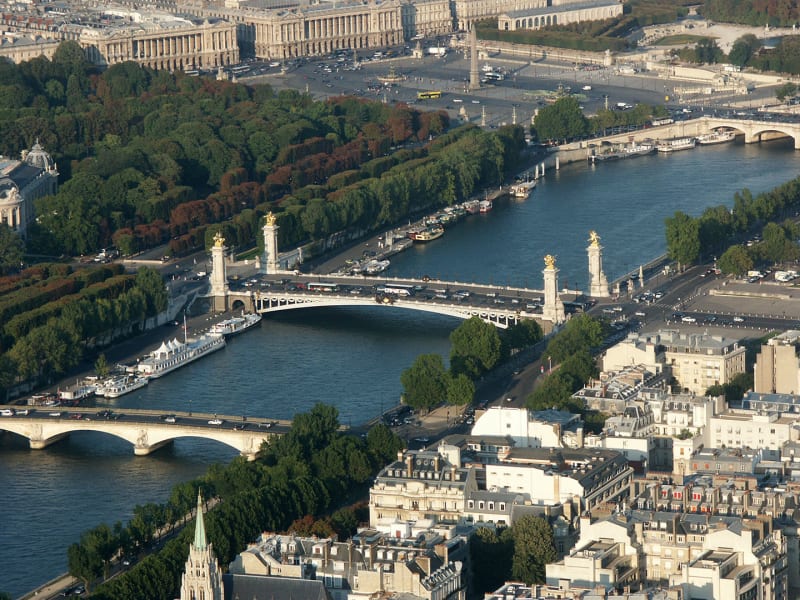Voussoir
Computer
- Sep 3, 2020
- 2
Blasphemy probably, but I can't get the thought out of my head that the Eiffel Tower (or should I say a close relative of it) could have been constructed more cost-effectively with a tripod rather than the existing quadruped (quadrupod?) base. Compare






